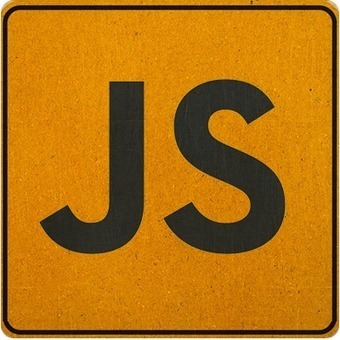I have a long-standing desire for a JavaScript library that provides good implementations of functional data structures. Recently I found Mori, and I think that it may be just the library that I have been looking for. Mori packages data structures from the Clojure standard library for use in JavaScript code.
A functional data structure (also called a persistent data structure) has two important qualities: it is immutable and it can be updated by creating a copy with modifications (copy-on-write). Creating copies should be nearly as cheap as modifying a comparable mutable data structure in place. This is achieved with structural sharing: pointers to unchanged portions of a structure are shared between copies so that memory need only be allocated for changed portions of the data structure.




 Your new post is loading...
Your new post is loading...











